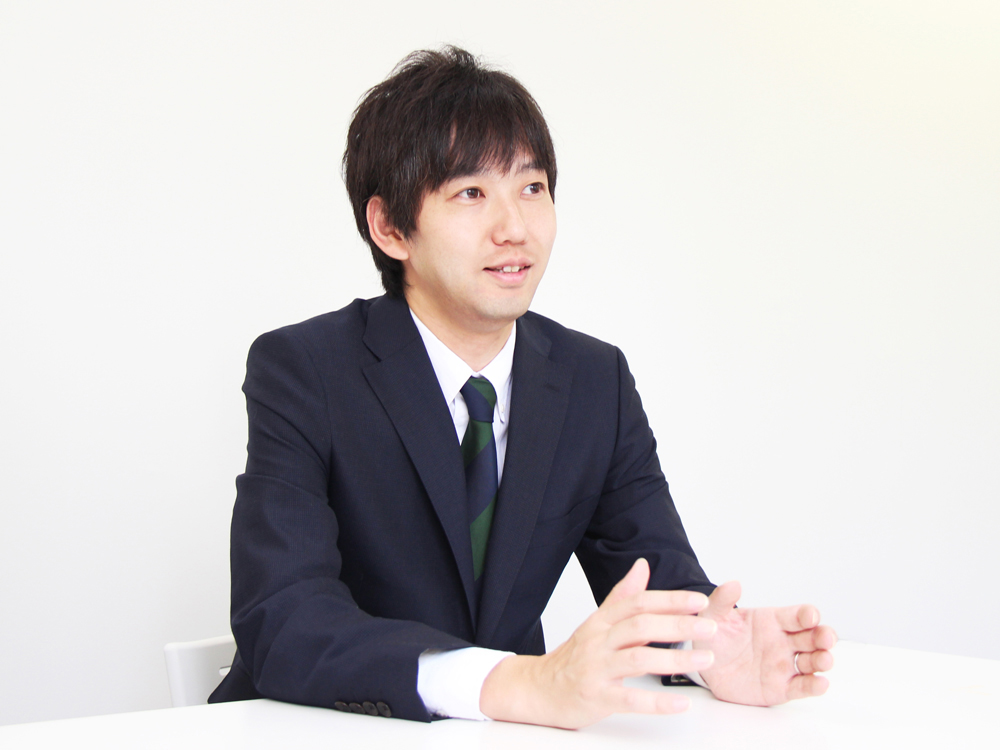Market leader in power supply technology
09/25/2019
ROHM’s advanced technologies meet the needs of the times
In 2014, “No.1 in Analog Power” became the buzzword at ROHM. The company established a specialized department for developing power supply technology, considered the core of the LSI market. ROHM believes that devoting resources solely to developing new technologies, instead of utilizing product development engineers to develop both technologies and products in tandem as in the past, will allow the company to cultivate breakthrough technologies that will lead the industry.
As a result, ROHM developed ‘Nano Power Supply Technology’ that leverages proprietary advanced analog expertise covering circuit design, layout, and processes. We spoke with two engineers who have led the development of 2 leading-edge technologies, Nano Pulse Control and Nano Energy, designed to meet current market needs.
Nano Pulse Control contributes to simpler designs in automotive systems
In the automotive field, regulatory targets for 2020 have been established in many countries, causing manufacturers to develop electric vehicles to achieve these limits. In particular, 48V Mild Hybrid vehicles that provide a lower-cost solution while still reducing CO2 emissions are attracting increased attention.
ROHM’s Nano Pulse Control is the ideal solution for reducing the size and complexity of 48V battery systems. Perhaps its biggest feature is stable output voltage even if the switching on time (time to switch electrical signals) is less than 9ns (currently the smallest in the industry). This makes it possible to convert high battery voltage to the low voltages required by ECUs using a single IC, unlike conventional systems requiring 2 ICs, significantly reducing the number of parts required.
Yamaguchi, who has been leading the way regarding product development, says that feedback from customers pointing out the technological development of other companies was the catalyst in ROHM’s pursuit to develop the world's most advanced technologies. However, cultivating innovative technology proved far from straightforward.
“There were, of course, a number of unsuccessful efforts on the road to achieving Nano Pulse Control technology. But in the process of considering whether to face the failures head on or change my method, I was finally able to develop groundbreaking technology by selecting a completely different approach. I felt that I was at the forefront of innovation, which gave me confidence as an engineer.” Yamaguchi continued, “Achieving industry-leading performance will cause other engineers to reach the goal using a different approach. And one interesting aspect of technology development is that it raises the level of technology as a whole.”

Yamaguchi, who has been leading the way regarding product development
In addition to cars, 48V batteries are widely used in industrial applications such as construction equipment and base stations. And due to the benefits of miniaturization, the application range for Nano Pulse Control will continue to expand.
Nano Energy technology enables long-term operation in compact battery-driven devices
The emergence of the Internet of Things (IoT) has spurred increased adoption of compact electronic devices and wearables. Most of these devices rely on battery power, demanding greater miniaturization and continued, long-term use.
ROHM’s proprietary ultra-low power technology Nano Energy was developed to meet these needs. Featuring a breakthrough design, each circuit was optimized to reduce current consumption to the limit. The result is 30% less current consumption during standby over conventional products, making it possible to increase battery drive time by 1.4x and enable continuous operation for up to 10 years on a single coin battery.
Tsuruyama, who was involved in high-level technological development, says that he decided to work on this technology to take advantage of his studies during his college days and to master the subject of low power consumption, a universal theme for power supply ICs. There were both hardships and fun to be had along the way to becoming the best in the industry.
“I feel that the real thrill in pursuing world-leading technology is being be able to experience the roles of both the pursuer and the one being chased, ” said Tsuruyama. “Before the development of Nano Energy, the lowest current consumption for power supply ICs on the market was 360nA. However, some competitors were able to attain 260nA, thought to be impossible at the time. But the desire to never lose as an engineer gave me motivation. I will never forget the joy of achieving the world's lowest current consumption of 180nA, which required repeated trial and error and the expertise of power supply experts in the company.”

Tsuruyama, who was involved in high-level technological development
In the future, the demand for battery-powered devices is expected to grow. And expectations for Nano Energy will increase as it is expanded to energy harvesting applications that generate power from light and vibration.
Looking ahead
“We are focused not only on developing new technology, but also improving the awareness and brand value of Nano power supply technology. Our goal is for customers to think of this technology as essential for their applications. To do so requires adopting this technology into a variety of products. I understand that establishing a brand takes a lot of time, but I am confident we will be able to achieve this by continuing to expand the lineup and tirelessly promoting the brand.” said Yamaguchi.
Our Nano power supply technologies are becoming more refined as opportunities to introduce to customers increases. Going forward, ROHM will continue to contribute to solving social issues by developing high-performance, high-reliability products that leverage these technologies.
For more details on Nano power supply technology, click here.
